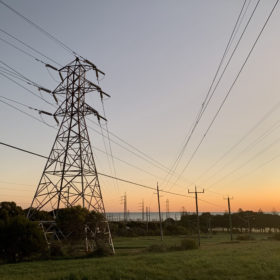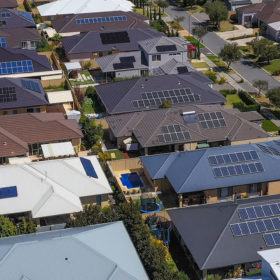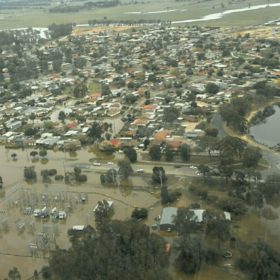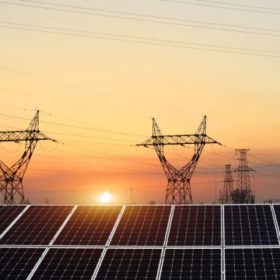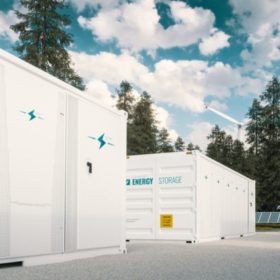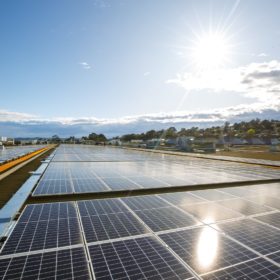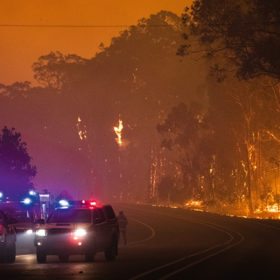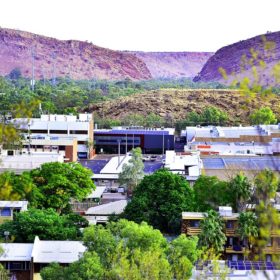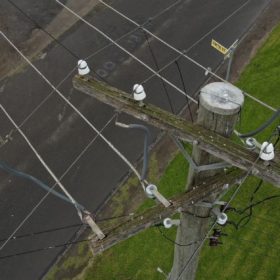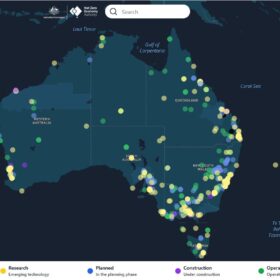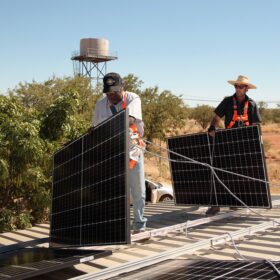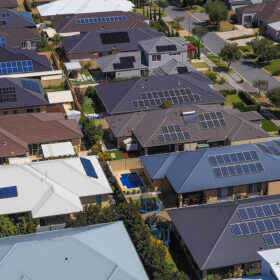NSW payments for hosting new transmission lines set to double
As it looks to replace its ageing coal-fired fleet and accommodate a growing share of renewables on its grid, New South Wales has pledged to nearly double the average payments landlords across the state receive for hosting high voltage transmission lines.
Western Power agrees to increase electricity for regional households following fallout
Western Power will begin allocating regional properties in Western Australia’s main grid the same electricity supply as their urban counterparts. The shift comes after sustained community pressure since pv magazine Australia first reported on the issue in July 2022.
Flood crisis prompts Victoria to fund more solar in vulnerable communities
As parts of northern Victoria remain inundated by flood waters and power outages, the state government has announced $7.5 million (USD 4.7 million) in funding for improved energy resilience through rooftop solar and batteries across 24 towns deemed vulnerable to extreme weather events.
AEMO on track with ‘world-first’ grid connections simulator
The Australian Energy Market Operator plans to launch a world-first ‘connections simulator’ this year after completing pilot testing of the online tool that is designed to help fast-track the evaluation and approval process for new clean energy grid connections.
NSW government settles on site for ‘super’ battery
Australia’s largest network battery will be built at the site of the former coal-fired Lake Munmorah Power Station as the New South Wales government accelerates its plans to fill the gap created by the fast-tracked closure of the country’s biggest coal generator.
Weekend read: Software to serve up more solar
Enabling future energy flows at the lower-voltage distribution level? Unlikely. Wide-scale hardware upgrades would cost billions if not trillions, especially in Australia’s far reaches. Software and digital solutions are identifying new cost-effective ways of letting more sun into the grid.
Flexibility as the key: Shell funded to transform energy demands of C&I sites
Shell Energy Australia has been awarded $9.1 million from the Australian Renewable Energy Agency to recruit at least 40 commercial customer sites, including shopping centres and supermarkets, to begin shifting how and when they use electricity – a demonstration of the potential of flexible demand.
Weekend read: Islands in the sun
Islandable microgrids are a growing niche, especially in remote regions at the end of electricity networks or parts of the world prone to natural disasters and outages. Renewably powered microgrids can provide a community with more stability and operate independently, so vulnerable regions are not reliant on distant sources of generation, as was the case during Australia’s Black Summer bushfires of 2019-20, when communities were left powerless. From California to Australia’s southern coast, the study and deployment of microgrids is on the rise. pv magazine’s Blake Matich takes a look.
Northern Territory flicks switch on Alice Springs VPP
Smart technology that controls energy flow on power grids could soon be the norm in the Northern Territory with a trial launched in the outback town of Alice Springs that will test the economic and energy efficiency of a rooftop solar-driven virtual power plant.
IEEFA calls for inquiry after network providers pocket ‘supernormal’ profits
The Institute for Energy Economics and Financial Analysis is calling for an independent inquiry into Australia’s electricity networks and their regulators claiming Australians have been overcharged $10 billion (USD 6.5 billion) in the past eight years by distribution and transmission network service businesses making “supernormal” profits from consumers forced to use their poles and wires.
